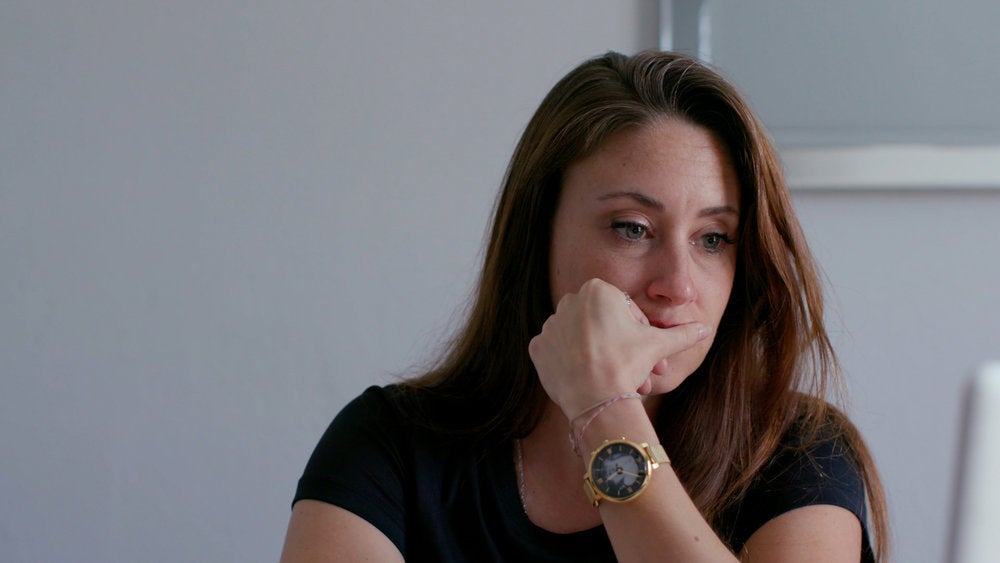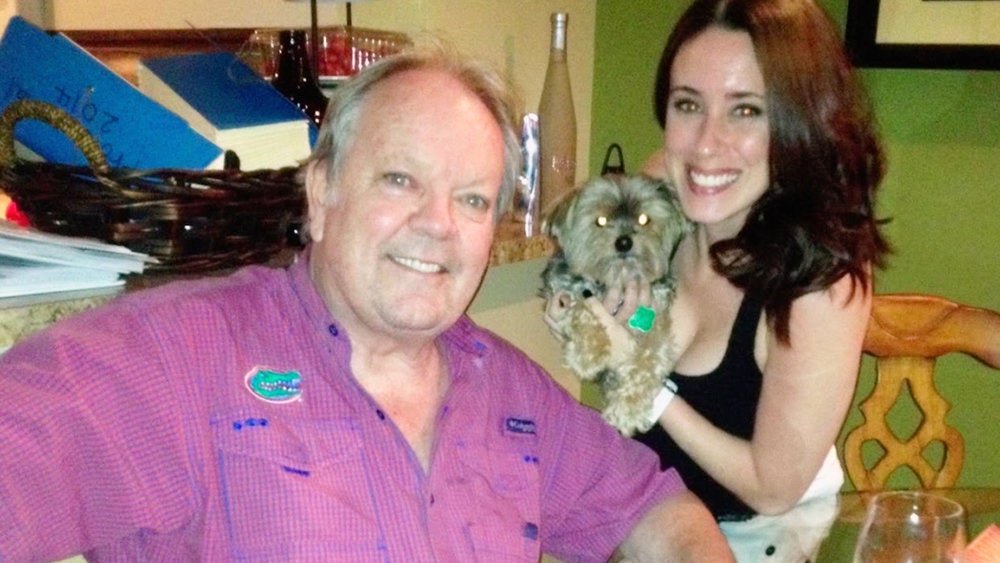
Tears threaten to spill from Casey Anthony’s eyes as she looks just beyond the camera head-on. A barely perceptible tremble in her lip can be seen as she speaks directly to viewers in a measured cadence.
“I just need somebody to be willing to listen,” she said in the opening scene of Peacock’s explosive three-part docuseries, Casey Anthony: Where The Truth Lies, that aired November 29.
Three women did listen and in fact, can take full credit for making Anthony’s highly watched first on-camera interview in 11 years happen at all. She did not testify in court during her trial, so this is the first time Anthony has spoken out publicly following her 2011 acquittal in the murder of Caylee, her two-year-old daughter.
Executive producers Tamra Simmons, Ebony Porter-Ike, and Chanel Hudson O’Connor, all seasoned media veterans, joined forces to help Anthony share her version of events after more than a decade of silence, despite the media’s avaricious coverage of what was deemed the most famous murder story since OJ Simpson’s. Ironically, both cases were tinged with pervasive racial undertones that prompted uncomfortable questions around whether their acquittals would’ve happened at all if they were from a different walk of life.

Particularly for Anthony, what would’ve taken place if she was a Black woman accused of murdering her daughter? According to Anthony herself, a completely different outcome.
“[One of the reasons I felt compelled to take this project on] is because, in the very beginning when all three of us were on a pre-production Zoom call with Casey Anthony, she literally said that if she were a Black woman, she knew she wouldn’t be sitting here talking to us,” Simmons told ESSENCE. “That she would actually be in jail or be on death row. She knew that as a white woman.”
The idea for the project was spearheaded in 2020 by Chanel Hudson O’Connor, Anthony’s friend and then-publicist.
A Black trans-woman, Hudson O’Connor said she bonded with Anthony through shared feelings of being chronically misunderstood, albeit for very different reasons.
“When I first met her [some years after the acquittal] through a mutual friend of ours, I asked some questions a lot of people want to know right off the bat, you know what I’m saying? What happened? I know the media put together a story, even though you were acquitted, and said that you killed your daughter…did you kill your daughter? And she looked at me, and she kind of was like, ‘do you think I can kill my daughter?’ And what I said in the moment was, ‘no.’ ”
Hudson O’Connor said she was inclined to believe in Anthony’s innocence because of inconsistencies in the case, particularly the authorities’ seeming refusal to look at Casey’s father, George Anthony as a suspect. In the docuseries, Casey resurfaced claims that the man played a pivotal role in her daughter Caylee’s 2008 death.

“I’m a huge true crime fan and I followed it really closely as it was happening because it was inescapable,” Hudson O’Connor told ESSENCE, a native of Florida, where the case unfolded.
Through her PR connections, Hudson O’Connor brought the idea of the docuseries to Porter-Ike, also a renowned publicist, and Simmons, a veteran producer who was at the helm of the award-winning documentary, Surviving R. Kelly.
When asked about the juxtaposition of three Black women offering a platform to a white woman, who, over a decade later is still largely speculated to have murdered her child, they all said it was in the name of integral storytelling.
“I’m not in the business of just telling Black stories,” Simmons told ESSENCE. “Being in the true crime space, you just have to have a journalistic point of view to everything. So I didn’t want to go into it thinking whatever I thought prior. There was evidence that wasn’t presented to anyone in the public before.” This evidence Simmons is referencing includes the renewed bombshell allegations that Casey was sexually assaulted by her father George, as well as the biological father of Caylee. It was also highlighted in the series that Casey initially lied about who her daughter’s father was due to shame from the rape that led to her pregnancy. This is just one of the many mistruths the series pointed out she’d told. Despite that, Simmons said she wanted to help convey a different side to the controversial figure.
“The public crucified Casey Anthony,” Simmons continued. “But I wanted to know, as an investigative person and a producer, what was it we didn’t see that the judge and jury did, that led to an acquittal. I had no thoughts if she did or she didn’t do it. I just wanted to get the full scope of everything.”
Unsurprisingly, the docuseries caused a maelstrom of reactions on the internet, with many sharing their opinions on social media. But, despite the public’s swift outcry, all the women can agree that their main goal was to objectively tell a complex story while also charting a path for other Black women to break into the true crime space, a sector that rakes in millions of dollars across various verticals.
“We want to make sure we are shattering ceilings so that we’re not forced to only have to tell one type of story,” Porter-Ike told ESSENCE. “And the hope is that other African American women can come behind us and freely tell whatever stories they want without any limits.”
Casey Anthony: Where The Truth Lies can be streamed on Peacock now.
